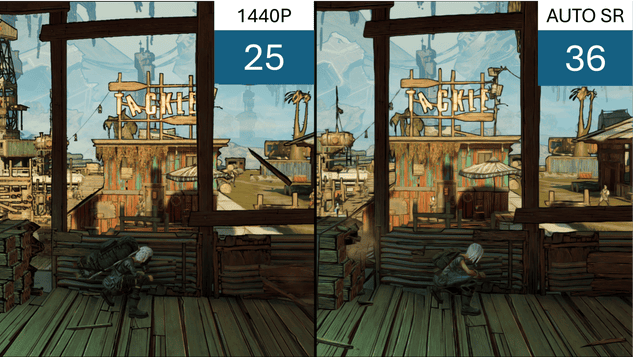
Microsoft is getting its own AI upscaling technology baked straight into Windows 11 that will appear on the latest Copilot+ PCs.

Microsoft is getting its own AI upscaling technology baked straight into Windows 11 that will appear on the latest Copilot+ PCs.
Update 06/06/24 at 1:43 p.m. ET: This post was updated to include additional information from Nvidia.
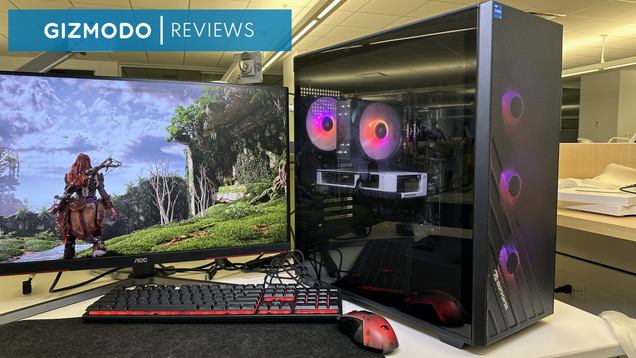
If Conan the Barbarian was a desktop gaming PC enthusiast, and you asked him what is best in life, his answer would probably be the standard “crush those framerates… see the pixels driven before you… hear the lamentations of your CPU fan,” or something of that nature. He’d want the biggest desktop, the biggest GPU,…
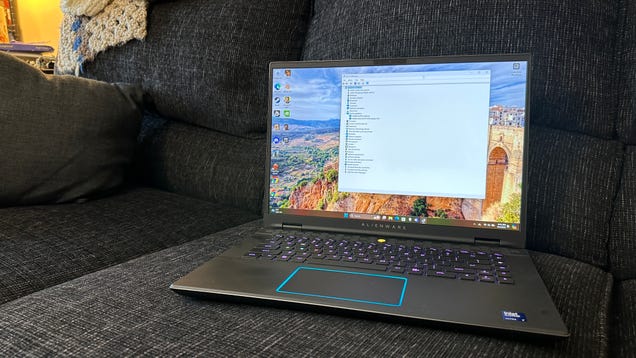
Let me guess: your young cousin is shoving their Windows laptop into your hands and begging you to let them know if they can play Cyberpunk 2077. Ignoring the age rating on the box, you’re probably looking for the kid’s computer’s GPU.
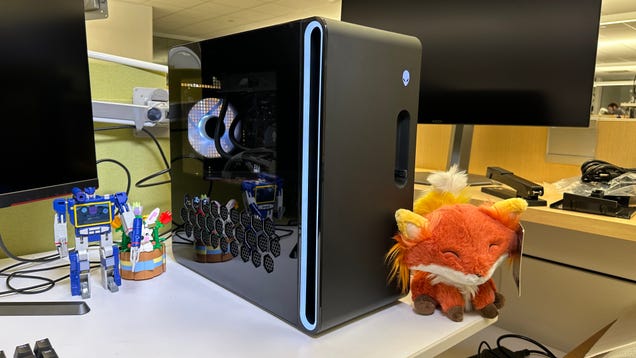
Since Alienware first unveiled its Aurora R16 last year, I’ve been jonesing to see it in person. The brand had been synonymous with high-end, though strange—often polarizing designs for a while now.
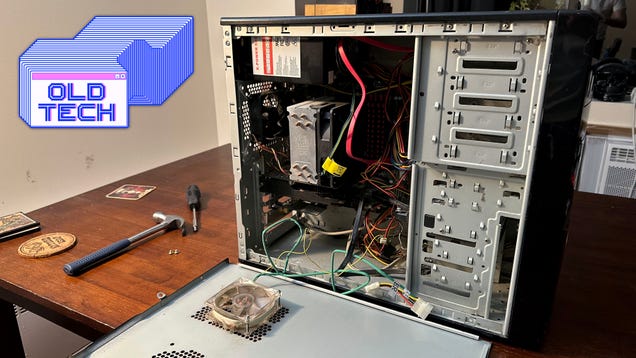
There is enough dust lingering in the bowels of my old, childhood desktop tower to make my roommate sneeze and cough while sitting on the couch 10 feet behind me. It’s been a long time since I dared crack the shell on my ancient PC, a decade and a half since I first put it together. Few products of my childhood years…

Jensen Huang was BFFs with everyone in Silicon Valley this year, becoming the only person to walk across all three conference stages of Microsoft, Amazon, and Google. Why? Because everyone needs his GPUs to power their AI dreams.

A lot of us now spend much of our work and leisure time peering at the web through a browser—and for that time to be spent as productively as possible, the browser in question needs to run swiftly and smoothly. There’s actually an integrated browser setting to help with this, too: Hardware acceleration.